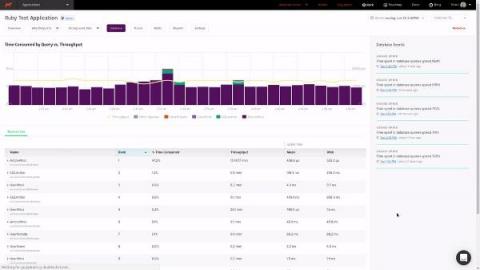Serverless computing: The what, why, and why not
Applications have traditionally been run on servers, which have to be closely monitored to ensure there are no hindrances in production. In the case of serverless computing, you no longer have to manage servers, as the onus falls on cloud service providers. Read along to discover more about serverless computing, including some of its advantages and disadvantages. So what actually is serverless computing?










